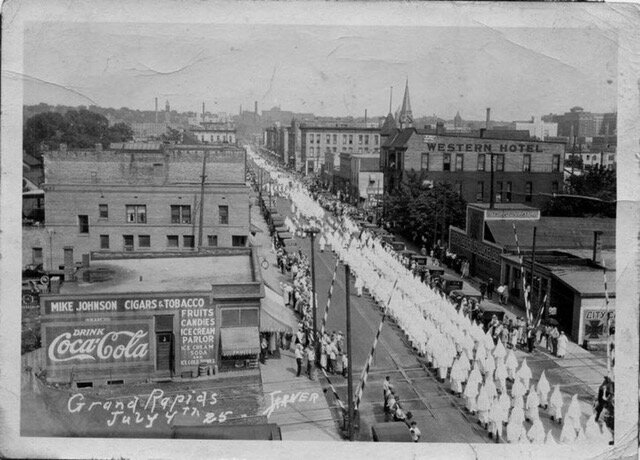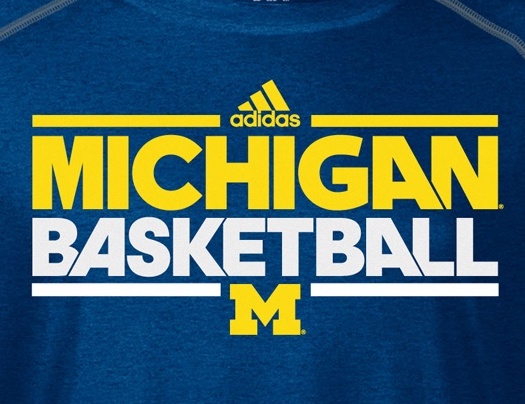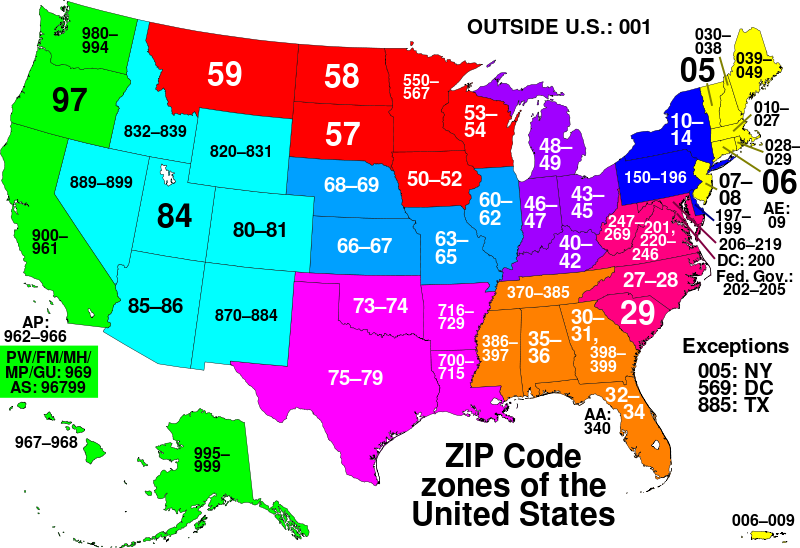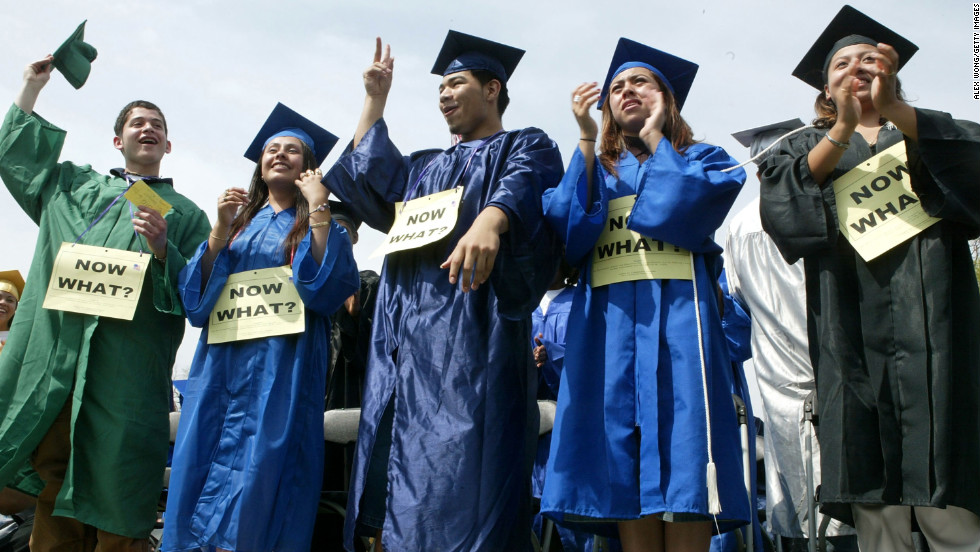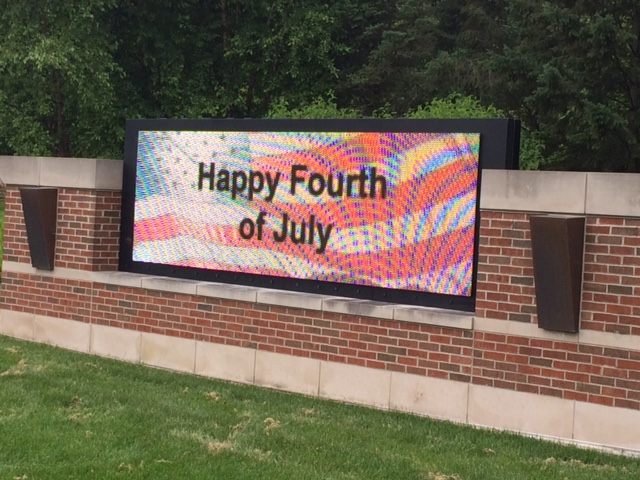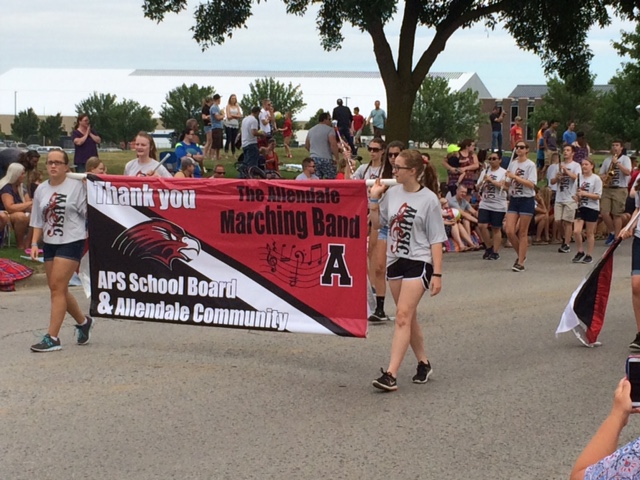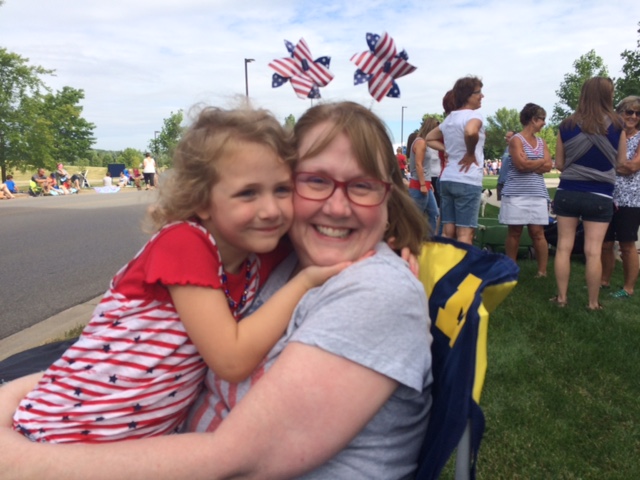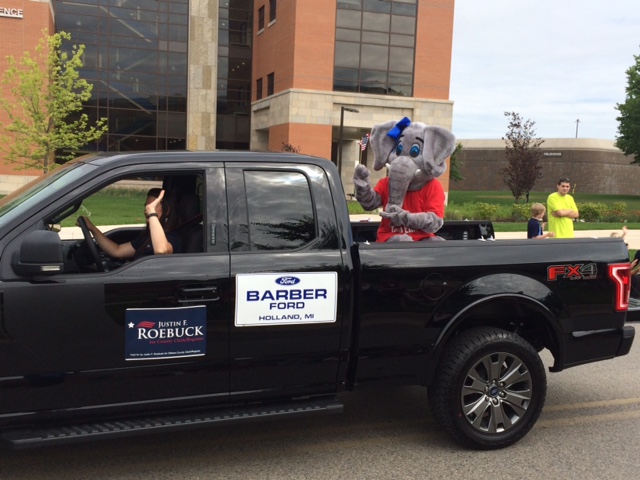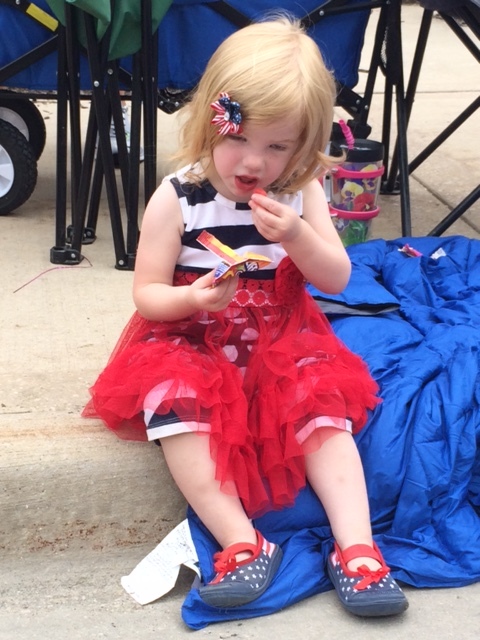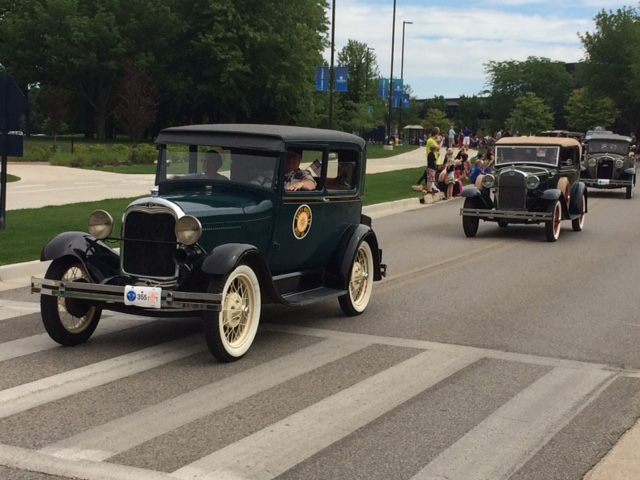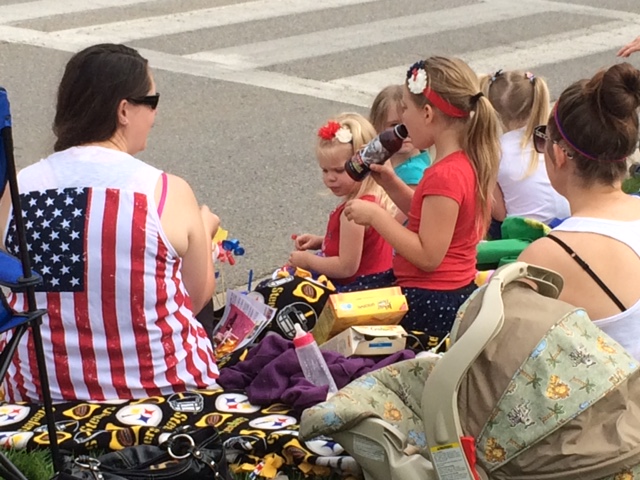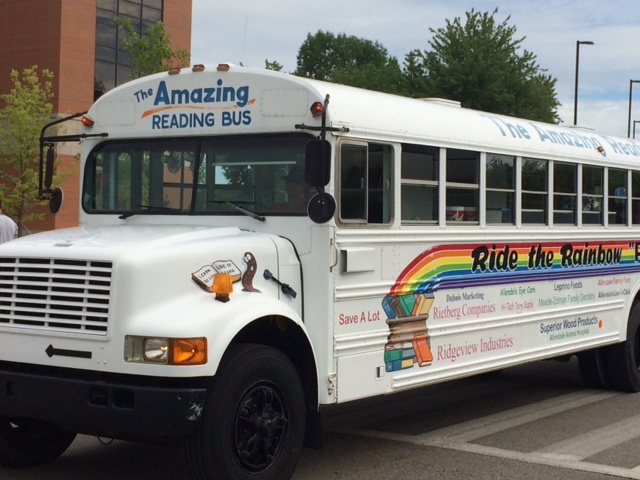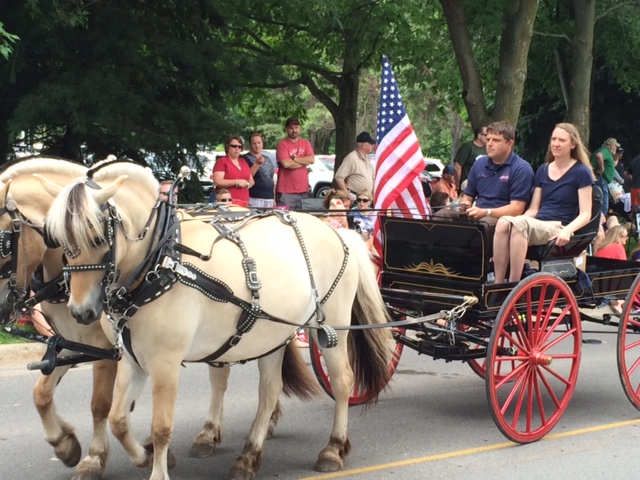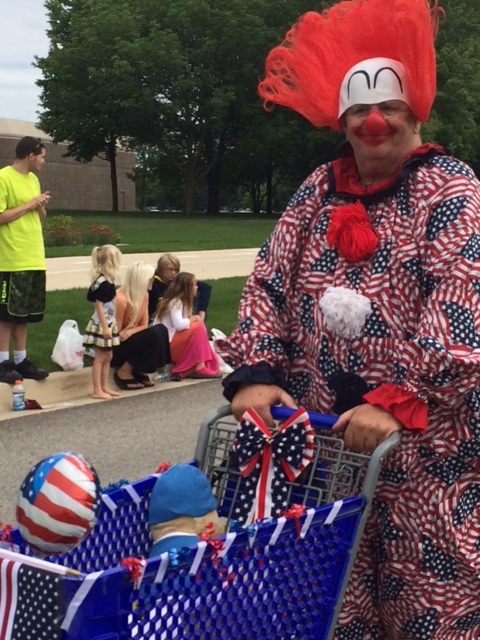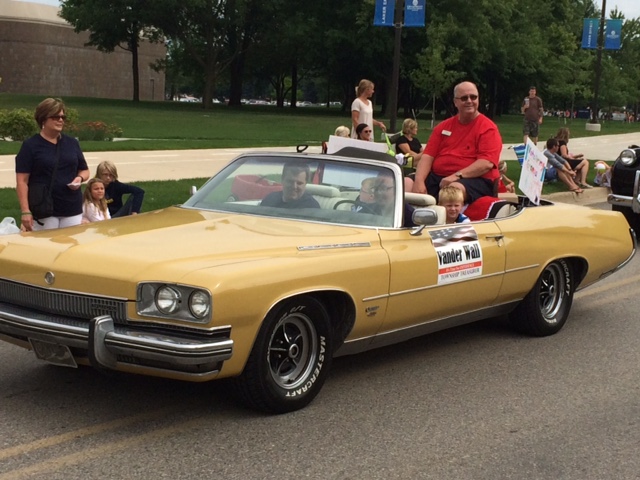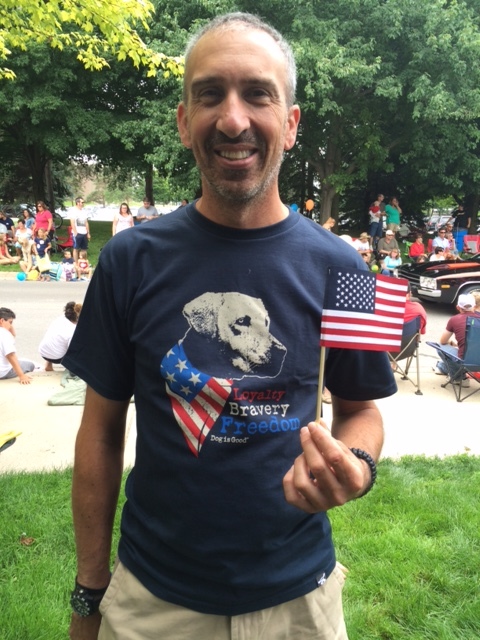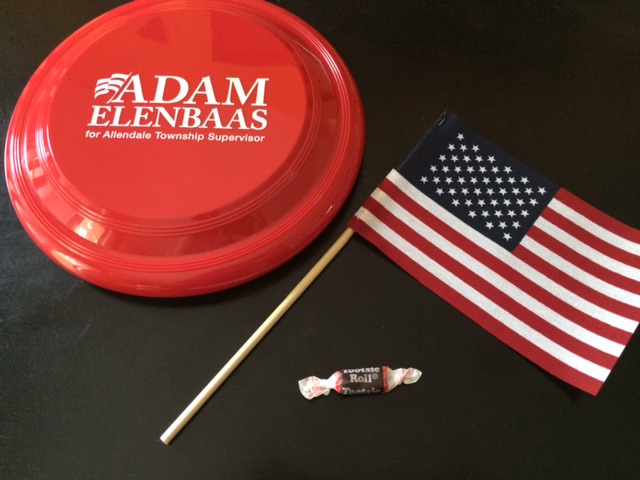Racism or Prejudice?
/A high schooler from an Eastern U.S. state wrote recently to ask some clarification about race and whether people of color could be racist. Here is my response to Flora (not her real name).
Hello, Flora.
Thank you for your question about our segment Prejudice vs. Racism. A much bigger thank-you for wrestling with issues that I was not even aware of at your age. It gives me great optimism for our country to receive your note. As a white anti-racist, I offer here my best understanding.
Racism is the confluence of skin-based (racial) bias plus the ability to influence people’s lives in social, economic, political, judicial, and educational ways. Absent that influence, one can have racial animus (hatred/prejudice) but only be bigoted. Happily, the Merriam-Webster Dictionary recently announced it would be modifying its definition to reflect this current social-political understanding. I note that my comments are made with reference to the United States. I completely agree with you that in other nations, power resides with different (non-white) racial groups. Therefore, the discriminatory laws in place in Malaysia that create barriers in business and education for Chinese citizens (in favor of Malays) are also racist. People of color can be colorist in their judgments of darker complected POC, but without the power to influence outcomes, they are simply prejudiced. Of course, if you are an African American employee and your (Latinx, Asian, Native) supervisor promotes others ahead of you because of racial bias, this is racism. It is a much more localized variety because, in fact, that same supervisor may get turned down for a bank loan or job interview based on his/her own non-white status.
Regarding your question about race and attributions (like being good at basketball), this is a stereotype. See below the link to our video on this topic. What might be a more productive question to ask is why so many African Americans are drawn to basketball vs. swimming, tennis, equestrian, ice hockey, lacrosse, soccer, golf, etc.
I highly recommend two recent books: White Fragility by prominent white antiracist educator Robin DiAngelo and How to Be an Antiracist by African-American scholar Ibram Kendi. The latter actually gives arguments against my current understanding, so it’s an important contribution to this thorny conversation. Ultimately, it matters less about who is “right” on this definition and matters more about how we understand the history and current legal/social practices regarding race and privilege in the United States. You have begun this important journey, and encourage you to continue asking questions.
With warm regards,
Alan
Here are some related videos of ours:





